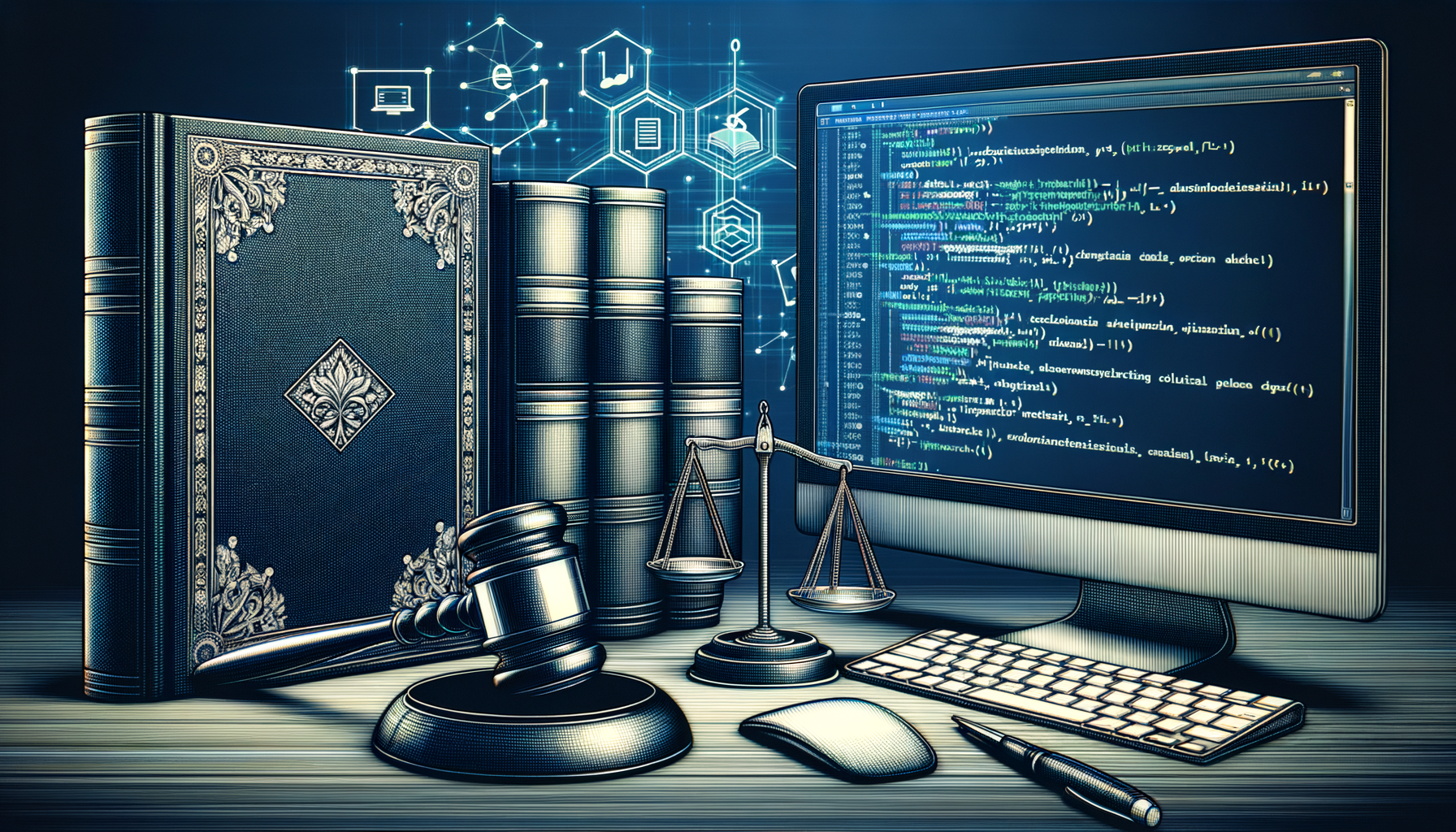Legal Drafting Software
In the digital age, the legal professions are undergoing an inescapable process of transformation, in which efficiency and precision have become paramount. Against this backdrop, legal drafting software is gaining in popularity and becoming an indispensable partner for lawyers, notaries and legal professionals. Offering innovative solutions for the creation, management and analysis of legal documents, these tools are at the heart of the modernization of industry practices.
What is Legal Drafting Software?
Legal drafting software is a program designed specifically to facilitate the creation of legal documents such as contracts, letters, deeds and legal motions. Thanks to pre-established and customizable templates, professionals can save precious time and reduce the risk of errors. This tool is an ideal ally not only for writing, but also for document management, enabling structured filing and easy access to information.
Key features
Document Automation and Modeling
Today’s legal drafting software can often program various legal standards and procedures to create new, well-structured documents based on standard texts and clauses. This is called contract clause modeling, and it saves a considerable amount of time. What’s more, they frequently incorporate workflow management systems to automate the document flow.
Collaboration and follow-up management
These systems also include collaborative features, often supporting real-time document revisions, joint annotations, and change tracking, enabling joint and optimal working, even remotely.
Artificial Intelligence (AI) and Innovation
Artificial intelligence is also an integral part of modern legal drafting. More than just a word processor, it provides advanced analyses and optimized writing and structuring for documents that meet specific needs.
The impact of Legal Technology
Legal Project Management
The management of legal projects benefits greatly from the inclusion of specialized software that enables better planning of activities, tasks and deadlines, thus improving project coordination and team responsiveness.
Precision and Conformity
Rigor and conformity are essential in law. Dedicated software often incorporates regularly-updated legal databases, ensuring that the documents produced are accurate and compliant with current legislation.
Choosing the right tool
Integration into the existing environment
The effectiveness of legal drafting software depends on its integration into the professional’s digital ecosystem. Software often needs to be able to work in conjunction with other tools, such as contract lifecycle management or legal data visualization.
Customization and scalability
Good software must be flexible and customizable to adapt to the changing and specific needs of a firm or legal department. The ability to add or modify functionalities proves to be an invaluable asset for the evolution of the tool as the practice or company grows.
Frequently asked questions
Here are some of the questions professionals frequently ask about legal writing software.
What’s the difference between legal drafting software and a conventional word processor?
Unlike general word processors, legal drafting software incorporates features specifically adapted to legal requirements, such as up-to-date legal databases, specialized document templates and the ability to track changes in the legal context.
Can we trust the information security of such software?
Security is an essential component of all legal software. Publishers are generally subject to high security standards, including data encryption and strict security protocols, as evidenced by the growing need for solutions such as legal cybersecurity.
Can the software adapt to international regulations?
Many software packages offer features to adapt to different jurisdictions and regulations. This is particularly useful for companies operating internationally.




